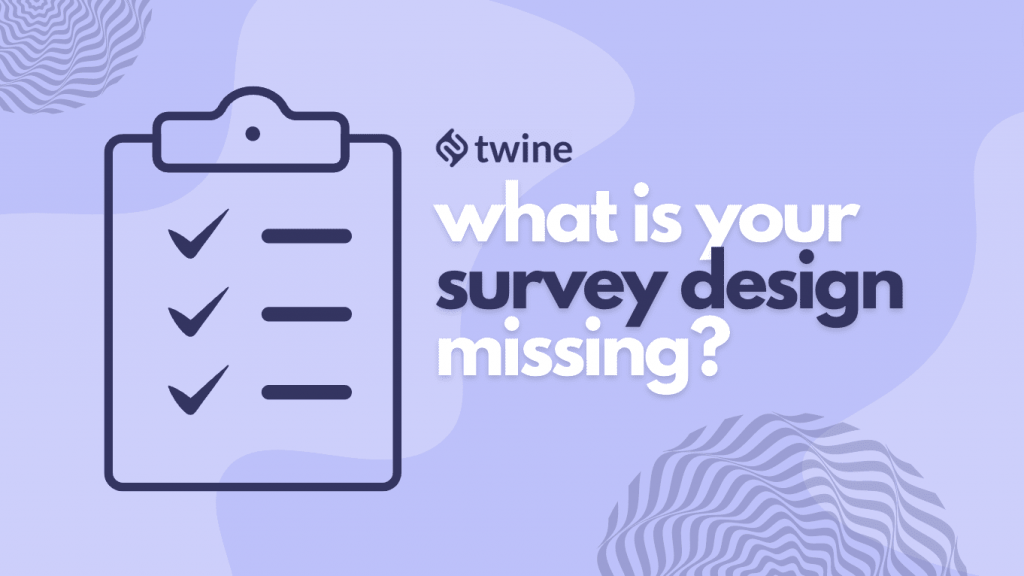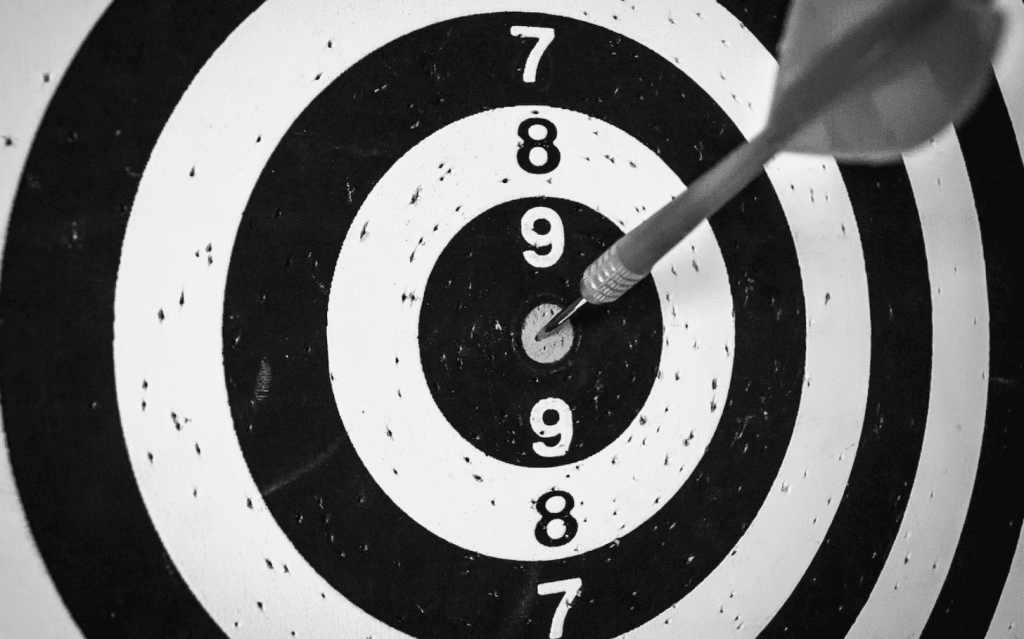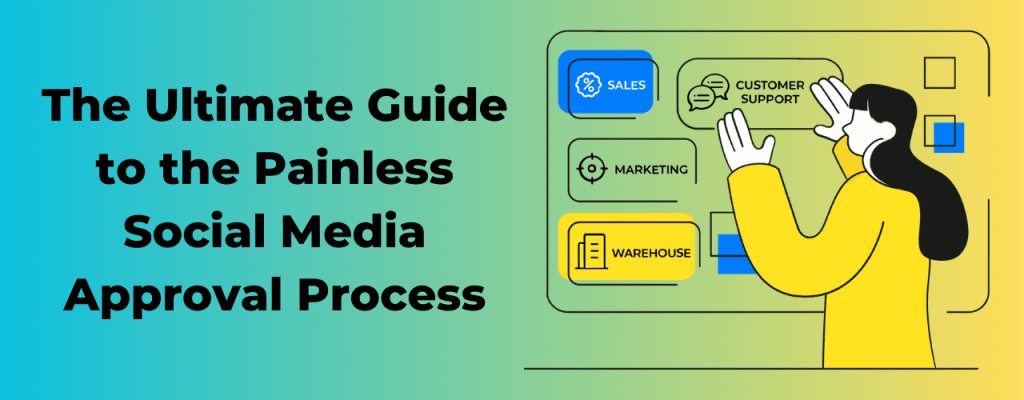For more Communication Tools, check out the Business Toolkit…

Research and business surveys are essential. Good survey design can help companies make decisions, enhance their products and services, and understand their target population. Inaccurate or biased survey data might hinder progress and make decisions difficult.
Market research surveys are used by businesses more than ever. Why? Usually, they’re used to test logo designs, find brand names, validate website designs, or improve any part of their business. To get meaningful and reliable findings, examine the questions, audience, and approach.
This article discusses five survey design features that are typically missed, and how to add them for better results. This information will help you make a survey that gives researchers and business people accurate information.
Psst! We’ve got expert designers ready to work on your campaign…
Lack of clear goals and objectives

One of the most important things that a survey design often needs is clear goals and objectives.
Before making a survey, it’s important to know exactly what information you want and why you want it. Defining the goals of a survey ensures the right questions are being asked. That way, the data collected will be useful in achieving the desired outcomes.
Some examples of well-defined goals and objectives for a survey might include:
- Understanding the satisfaction levels of customers with a particular product or service
- Gathering feedback on the effectiveness of a new marketing campaign
- Choosing between two designs provided by the creative designer. For example, choosing between two logo designs.
- Collecting data on the demographics and purchasing habits of a target audience
Before making a survey, it helps to have clear goals and objectives. This makes sure that the data you collect will help you reach your goals.
Insufficient sample size

Another common issue in survey design is an insufficient sample size.
It’s important that your sample size be large enough to reflect the whole population. A sample that is too small may not accurately represent the population, leading to skewed or unreliable results.
There are a few things to consider when choosing the right sample size for a survey:
First, consider the size of the population being studied. Next, speculate on how accurate the data needs to be. Finally, ask yourself how much error is possible. It’s also important to think about the response rate. If the response rate is low, you may need a larger sample size.
There are different statistical formulas and other tools that can help find the right sample size for a study.
Clear and effective survey questions

To make sure the data collected is accurate and reliable, the survey questions must be clear and interesting. Biased survey questions can lead to wrong or misleading results. So, it’s important to avoid them if you want accurate and useful data.
For example, if you are trying to identify an effective headline for your digital ad, give participants context. If you provide further details, i.e., information about the industry or product, this will lead to better results.
On the other hand, if you fail to make your goals clear, you will get feedback that won’t help you.
There are several ways to avoid bias in survey questions:
One tip is to use neutral, straightforward language that is clear and easy to understand. Using simple language and avoiding jargon can also help make sure that everyone can understand the question. It’s also important to be aware of any possible biases.
Inadequate response options

Inadequate response options can also be a problem in survey design.
It’s essential to give clear options for answers to make sure that the data collected is accurate and reliable. People may give wrong or unclear answers when there aren’t enough response options or they are hard to understand.
There are several tips for creating effective response options in a survey:
One tip is to give a variety of good answers to the question that was asked.
This might include options such as “strongly agree,” “somewhat agree,” “neutral,” “somewhat disagree,” and “strongly disagree,” for example. It’s also important to make sure that the answer choices don’t overlap and cover the whole range of possible answers.
Another tip is to include an “other” or “prefer not to answer” option; some questions may not have a response option. By giving people this option, they can give an answer that isn’t covered by the other choices. This can help make the results less biased.
By providing clear and comprehensive response options, you can help to ensure that the data collected is accurate and useful.
Inaccurate or incorrect participant targeting

Inaccurate or incorrect participant targeting can also be a problem in survey design.
To get reliable results that are representative of the population being studied, it is important to reach the right people. If the wrong audience is targeted, the results may not be relevant or useful.
There are several tips for ensuring that you receive responses from the right users:
One tip is to think carefully about who the survey is for and use the right sampling methods to reach that group.
For example, if the target audience is a specific group of customers, it may be helpful to use a customer database to reach out to them. Another tip is to use clear, concise language in the survey invitation so that the people you want to take the survey know what it is for and how much time it will take.
To get more people to fill out the survey, it’s important to give them a good reason to do so. You could offer a discount, for instance, or a chance to win a prize. By focusing on the right people, you can help make sure that the data you collect is accurate and representative.
Conclusion
When planning a survey, it’s vital to keep a few things in mind. Want the most accurate responses? You need the most accurate planning.
The success of a survey depends on a number of factors, such as clear goals and objectives, the right size of the sample, well-worded and effective questions, enough options for answers, and precise targeting.
Following these tips, you can make it more likely that your survey will produce data that can be used to make decisions and move things forward.
Ready to hire an expert? Our marketplace of over 500,000 diverse freelancers has the skills and expertise needed to skyrocket your business. From marketers to designers, copywriters to SEO experts – browse the talented bunch here!








